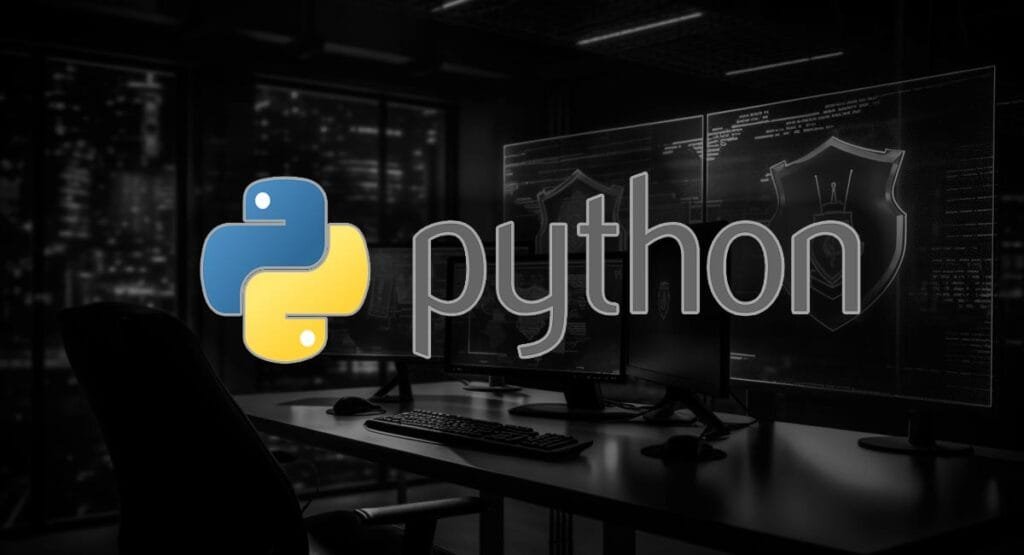Python, a high-level programming language, has garnered immense popularity over the years. With its simple syntax, versatility, and vast library support, it’s no wonder that Python has become the go-to language for both beginners and professionals alike. Whether you’re looking to delve into web development, data analysis, artificial intelligence, or even game development, Python offers a gateway to these domains and more.
In this simple guide, we aim to provide beginners with a solid foundation in Python. By the end of this article, you’ll have a clear understanding of Python’s core concepts, its applications, and the tools you can leverage to build powerful applications. We’ll walk you through the basics, from setting up your environment to writing your first Python program. Additionally, we’ll touch upon best practices, ensuring that you not only learn Python but also adopt a professional approach to coding.
Python for Beginners
Table of Contents
- Setting Up Your Python Environment
- Python Basics: Syntax, Variables, and Data Types
- Control Structures: Loops and Conditionals
- Functions and Modules
- Working with Libraries
- Best Practices
- Frequently Asked Questions
- Final Thoughts
- Sources
Setting Up Your Python Environment
Setting up a Python environment is the first step in your journey to becoming proficient in Python programming. A well-configured environment ensures that you can run your Python scripts smoothly, manage dependencies, and work on multiple projects without conflicts. In this section, we’ll guide you through the process of setting up a Python environment on your machine.
1. Installing Python
Windows:
- Visit the official Python website.
- Download the latest version for Windows.
- Run the installer. Ensure you check the box that says “Add Python to PATH” during installation. This step is crucial as it allows you to run Python from the Command Prompt.
macOS:
- macOS comes with Python 2.7 pre-installed. However, Python 2 is outdated, and it’s recommended to use Python 3.
- You can install Python 3 using Homebrew. First, install Homebrew and then run
brew install python3.
Linux:
Most Linux distributions come with Python pre-installed. You can check the version by typing python3 --version in the terminal. If it’s not installed, you can use the package manager for your distribution, like apt for Ubuntu: sudo apt-get install python3.
2. Setting Up a Virtual Environment
A virtual environment is an isolated environment where you can install packages without affecting the global Python installation. It’s especially useful when working on multiple projects with different dependencies.
- Install
virtualenv:pip install virtualenv
- Create a new virtual environment:
virtualenv myenv
- Activate the virtual environment:
- Windows:
myenv\Scripts\activate - macOS/Linux:
source myenv/bin/activate
- Windows:
- To deactivate and exit the virtual environment, simply type
deactivate.
3. Installing Packages
With your virtual environment activated, you can install Python packages using pip, the Python package manager. For instance, to install the requests library, you’d run:
pip install requests
4. Using an Integrated Development Environment (IDE)
While you can write Python code in any text editor, using an IDE can enhance your coding experience with features like code completion, debugging, and integrated testing. Popular Python IDEs include PyCharm, Visual Studio Code, and Jupyter Notebook for data science tasks.
5. Keeping Your Environment Updated
It’s essential to keep both Python and pip updated to benefit from the latest features, optimizations, and security patches. You can upgrade Python by downloading the latest version from the official website. To upgrade pip, run:
pip install --upgrade pip
Setting up a Python environment might seem daunting at first, but it’s a straightforward process. By following the steps above, you’ll have a robust and isolated environment, allowing you to develop Python applications efficiently and without conflicts. As you continue your Python journey, you’ll appreciate the importance of a well-configured environment, especially when working on complex projects.
Python Basics: Syntax, Variables, and Data Types
Python’s syntax is clean and easy to read. Variables don’t require explicit type declaration, and Python supports a variety of data types like integers, floats, strings, and lists.
name = "John"
age = 30
print(f"My name is {name} and I am {age} years old.")
Control Structures: Loops and Conditionals
Python supports standard control structures like if, else, and elif for conditional operations. For loops, you can use for and while.
for i in range(5):
print(i)
Functions and Modules
Functions in Python are defined using the def keyword. Python also supports modular programming, allowing you to organize your code into separate files or modules.
def greet(name):
return f"Hello, {name}!"
Working with Libraries
Python boasts a rich ecosystem of libraries. Whether you’re into web development with Django or Flask, or data analysis with Pandas and NumPy, Python has got you covered.
import pandas as pd
data = pd.read_csv("data.csv")
Best Practices
- Always write comments to explain complex code.
- Follow the PEP 8 style guide for Python code.
- Regularly update your libraries to leverage new features and security patches.
Frequently Asked Questions
Final Thoughts
Python’s simplicity and versatility make it an excellent choice for beginners. Its vast ecosystem of libraries and frameworks ensures that you have the tools and resources needed for any project. The most crucial takeaway is to practice regularly, seek feedback, and continuously learn. Remember, every expert was once a beginner.
Sources
- Official Python Documentation
- PEP 8 Style Guide
- Van Rossum, Guido, and Fred L. Drake. Python 3 Reference Manual. CreateSpace, 2009.
I write for and assist as the editor-in-chief for 601MEDIA Solutions. I’m a digital entrepreneur since 1992. Articles may include AI assisted research. Always Keep Learning! Notice: All content is published for educational and entertainment purposes only. NOT LIFE, HEALTH, SURVIVAL, FINANCIAL, BUSINESS, LEGAL OR ANY OTHER ADVICE. Learn more about Mark Mayo




